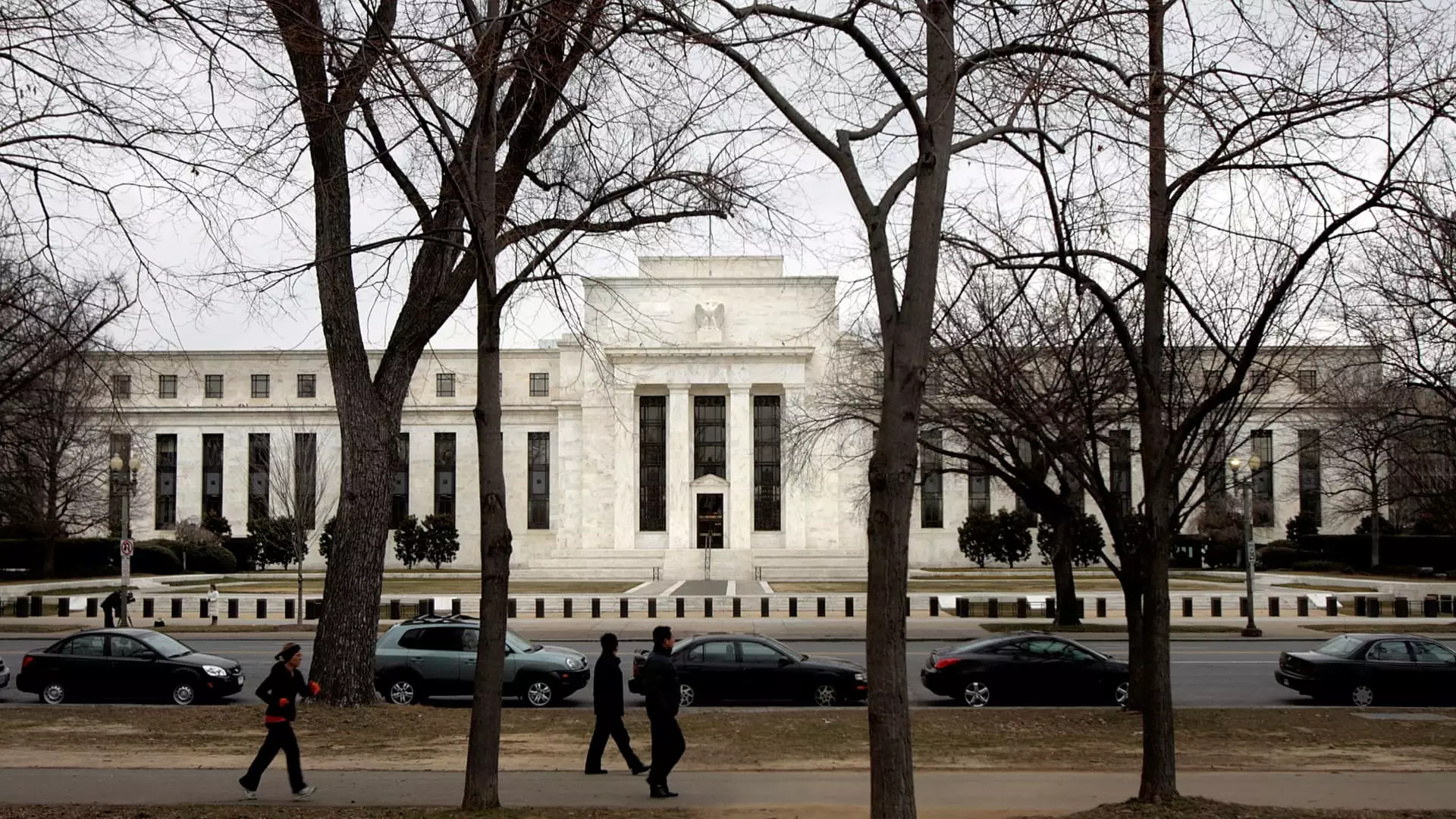Recently, the Federal Reserve has decided to maintain the current interest rates, a move that underscores its cautious approach towards inflation, which continues to exceed the 2% target. This decision comes on the heels of a significant rate cut last year, where the Fed reduced its benchmark interest rate by a whole percentage point in response to economic pressures exacerbated by the pandemic. Notably, this timing is significant as it coincides with President Donald Trump’s recent remarks demanding immediate rate reductions. The landscape painted by these developments suggests a balancing act between empowering consumers and maintaining economic stability.
Inflation has reemerged as a formidable challenge, particularly since it hit staggering heights not seen since the early 1980s. The Federal Reserve previously engaged in a series of aggressive rate hikes in an effort to control inflation, ultimately raising its benchmark rate to levels that hadn’t been recorded in over two decades. During the campaign season, Trump articulated the detrimental impact of inflation and high-interest rates on the economy, branding them as forces that are “destroying our country.” This sentiment captures a broader frustration among consumers burdened by soaring costs.
The federal funds rate is integral not only in interbank transactions but also as a guide for consumer lending rates. When the Fed decides on its rates, the repercussions trickle down, influencing everything from mortgage rates to savings accounts. Consequently, consumers are feeling the pinch as borrowing costs rise markedly, putting financial strain on households seeking loans for homes, cars, or even managing credit card debt.
The ramifications of sustained high-interest rates are particularly palpable in consumer borrowing. Following previous rate hikes, credit card interest rates have surged from an average of 16.34% to well over 20%, inching nearer to historical peaks. Although there are expectations for gradual rate cuts, finance analysts warn that these reductions will not be sufficient to significantly alleviate the burden of high borrowing costs. Rather, they may merely serve as a slight reprieve on already elevated rates.
Industry experts advocate for alternative strategies, such as consolidating debts through personal loans with lower interest rates or employing promotional balance transfer credit cards to manage high-interest credit card debts more effectively. Such measures could offer strategic financial relief in the current environment of elevated rates.
In the housing sector, potential homebuyers are facing diminished purchasing power owing to high inflation and ongoing Fed policies. The average rate for a 30-year fixed mortgage is now hovering just above 7%, a stark contrast from historical norms. As long as the Federal Reserve signals a gradual approach to interest rate cuts, prospective buyers might find themselves grappling with affordability challenges for the foreseeable future. Considering the current economic dynamics, future homeowners can anticipate mortgage rates stabilizing predominantly within the 6% range, dependent upon broader economic fluctuations.
While fixed-rate mortgages shield homeowners from rate spikes, they also present challenges for those looking to enter the housing market. The intertwined nature of inflation and home prices disguises the fiscal reality that many potential buyers encounter — higher prices coupled with restricted access to affordable financing.
The automotive market is also feeling the weight of increased borrowing costs. Rising vehicle prices are exacerbated by higher interest rates on auto loans, which currently average around 5.3% for a five-year new car loan. With transaction prices for new vehicles nearing $50,000, affordability continues to dwindle. Industry analysts express concerns that this interconnectivity makes it difficult to foresee significant improvements for consumers seeking new vehicles.
In the realm of education, federal student loan rates, which also remain fixed, are not immediately impacted by rate decisions from the Fed. However, undergraduate students looking to secure loans face escalating interest, which rose from 5.50% to 6.53% for the 2024-25 academic year. With variable-rate private student loans often tied to benchmarks like the prime rate, borrowers may experience heightened financial strain based on prevailing rates.
While the Federal Reserve’s cautious stance on interest rates may simultaneously appease the concerns of savers, who benefit from slightly improved yields in high-yield savings accounts, it poses a considerable obstacle for consumers laden with debt. The present economic climate invites a unique juxtaposition of challenges and opportunities, forcing consumers to navigate a path rife with borrowing costs while seeking avenues to enhance their savings. With the slightest changes in federal policies holding significant sway over personal finance, navigating this terrain will require both savvy financial strategies and an acute awareness of broader economic indicators.


Leave a Reply